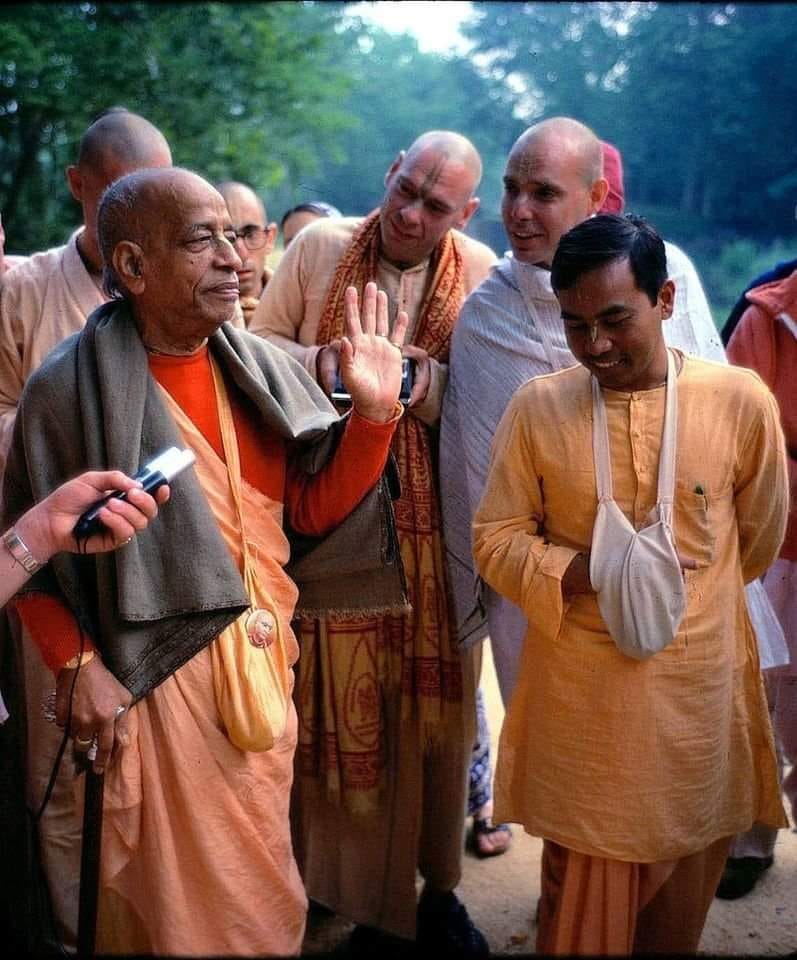It is described that for Brahmanas there are four asramas. They are supposed to be educated as Brahmacaris for the first quarter of their lives, then become exemplary householders, go to renounced life, and finally take sannyasa. For Ksatriyas, on the other hand, there are just three asramas, since they usually stop at the Vanaprasta stage. For Vaisyas, there are just two asramas, since they are usually not qualified enough to enter renounced life, and for Sudras, there is just one asrama since they just just spend all their lives in family life, without being trained as Brahmacaris nor entering renounced life.
Of course, when we listen to this description we count ourselves among the Brahmanas and think that Sudras are very low, but actually, Sudras used to do much better than most of us do in this regard. At least they were able to live peacefully their whole lives with the same spouse, maintain their families, and grow their children without divorce or scandals. How many of us can do the same? Sudras also have other qualities, like working hard, following instructions of superiors, being humble, clean, and truthful, and so on, qualities that we often lack.

When we consider these points we can see that Sudras are actually quite high by modern standards. If we could develop all the qualities of a Sudra this would already be a great success. For most of us, the problem is not that we fail to develop the qualities of a Brahmanas, but that we fail to develop even the qualities of a Sudra. By the Vedic standard, we are actually outcasts, outside of the Varnasrama system. That’s why it’s so difficult for us to organize spiritual communities or even to have a peaceful family life. Often we just fight like cats and dogs.
Developing all these qualities separately can be very difficult, especially when one is already an adult. Even for a child, it’s difficult, because even inside our movement there are not many proper schools where one can be properly trained. What is the solution then? Srila Prabhupada had great faith that the holy names could transform people. The Vedas explain that even a chandala or a mleccha can acquire the qualifications of a Brahmana by becoming a devotee of Krsna and sincerely chanting His holy names. This process is not automatic: the results depend on one’s sincerity, but the possibility is there. Whatever our current level is, there is always the possibility of ascending to a higher qualification through spiritual practice. Although not everyone will be able to do it, the possibility is there.
We can see that Prabhupada put more emphasis on the devotional aspects and spiritual practices than on social rules and other regulations, seeing the pure chanting of the holy names as the only real possibility for us. When a disciple asked Srila Prabhupada about translating and studying the Manu-Samhita, for example, he directly answered: “We do not want all these rituals. Chanting Hare Krsna is our only business. According to the Manu-Samhita, you are all mlecchas and yavanas. You cannot touch the Manu-Samhita, what to speak of translating it. So if you try to follow the Manu-samhita then you will become a mleccha and yavana and your career is finished.”(Letter, May 19, 1977)
Some of us may be able to go through all four asramas in this life, some may go through three or two. However, for most of us, to be able to successfully practice just one asrama, family life, it’s already a great success. To do that, however, we need to be serious in our spiritual practice, understanding that the quality of our relationships with spouse and children, as well as with other Vaishnavas and the world at large is directly connected with the quality of our japa and other devotional activities.
